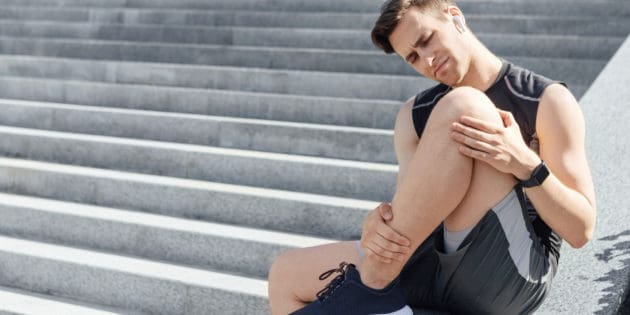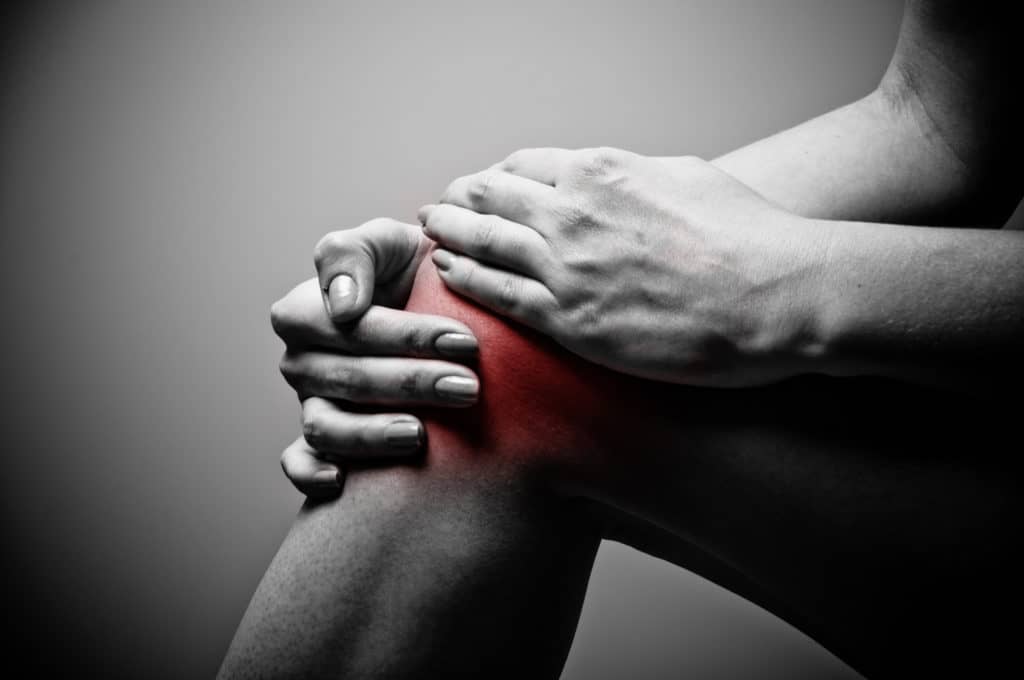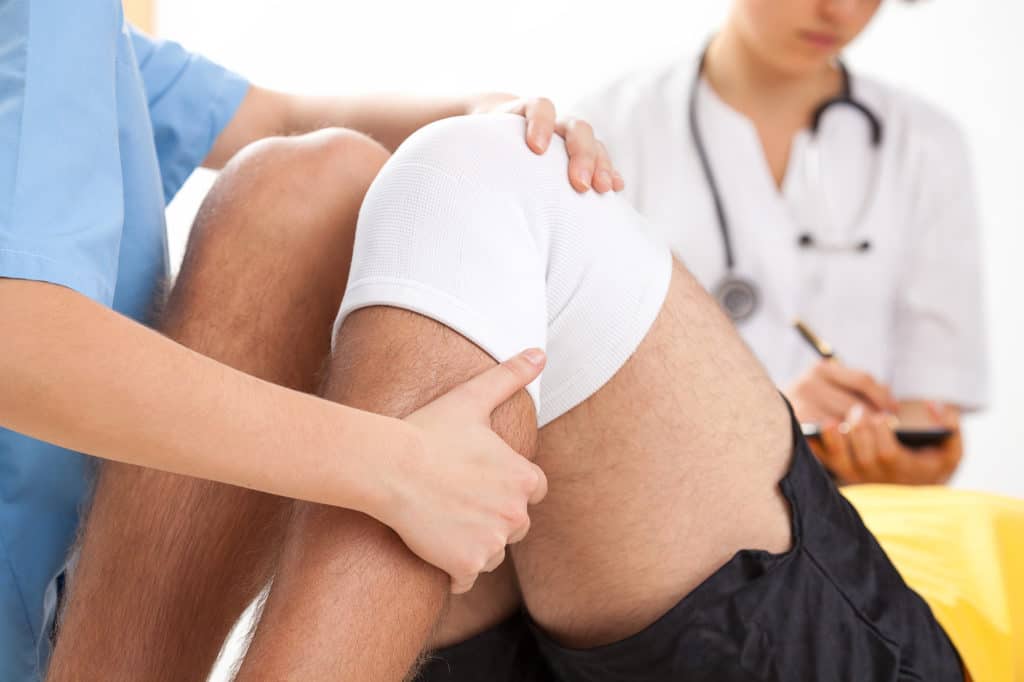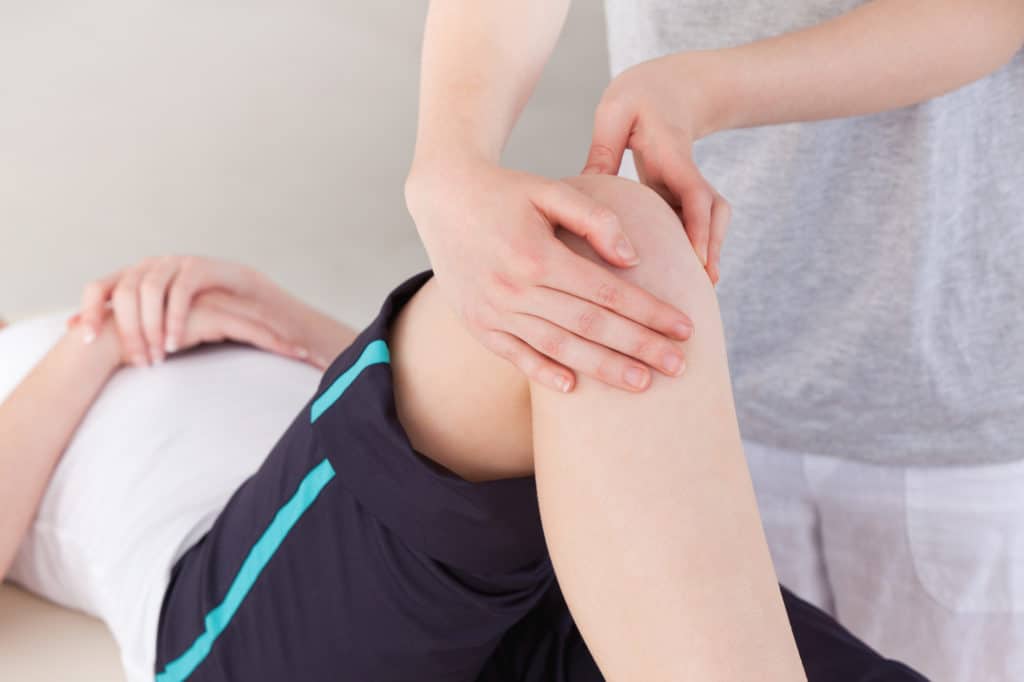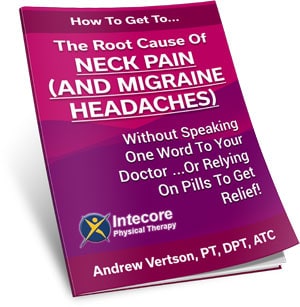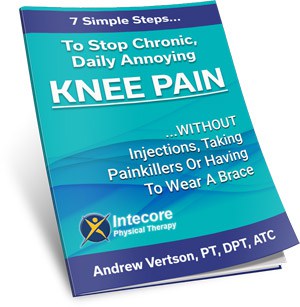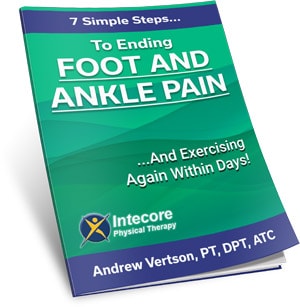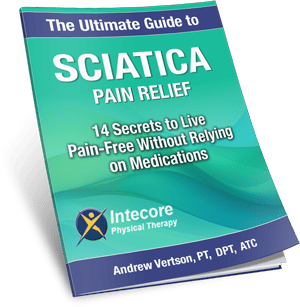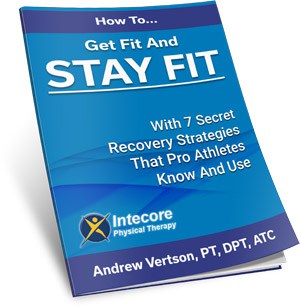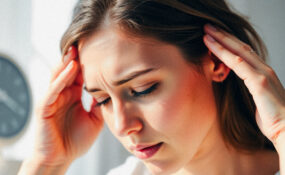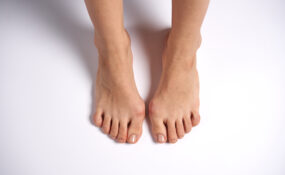Have you got pain in one or both of your knees?
Confused about what’s causing it?
In this blog, we explore the knee joint in detail, look at the leading causes of knee pain and share some tips on what you can do to get out of pain now.
Unlike other joints in the body – like the shoulders or elbows, you can rest while staying active. Knee pain stops you in your tracks – quite literally because it’s usually exacerbated by walking, definitely by running, and perhaps even just standing.
Your life is probably quite heavily affected, from not going to the gym and taking part in your usual outdoor activities to having time off work.
Knees: The Inside Scoop
When we ask most people to describe their knees, they believe it’s the knobbly bit on the top that wins “knobbly knee” competitions. Which is the patella, or as it’s more commonly referred to, the knee cap. But the knee is a way more complicated piece of machinery.
The knee joint is the most complex in the human body. It bends, twists, stabilizes, flexes, and extends – allowing you to run, walk, ski, swim, stand on one leg, jump and dance. So, as you can imagine, your knee is constantly under stress and susceptible to injury.
But like some of the most expensive and well-designed cars on the road. Your knee contains supremely effective shock absorbers that enable you to do all of these things without, hypothetically speaking, veering off the road, i.e., sustaining an injury.
The knee’s primary role is connecting the top of your leg and your thigh (femur) bone to the bottom of your leg and the fibula and tibia. It works like a 360-degree hinge, rather than cementing the two parts of your leg together.
Inside, there are four primary ligaments – the anterior and posterior cruciate ligaments that run through the center. And the medial and lateral collateral ligaments, the MCL and LCL, stabilize the inner and outer knee.
These strong and fibrous ligaments – made from connective tissue – are what allow your knee to move, stretch and flex without detaching. As a result of this critical function, however, they’re commonly torn in soccer and skiing injuries due to the overly extended twisting movements that sometimes occur on the pitch and the slope.
As well as cruciate and collateral ligaments, your knee joint also contains:
Bursa
These fluid-filled sacs – containing synovial fluid – are not exclusive to the knee. You have them in and around all of the joints in your body. They act as cushions between the bones and the surrounding muscles and tendons to prevent injury and inflammation.
Meniscus
Meniscus are horizontal pads of cartilage that provide a cushion between the femur and the tibia and fibula to stop them from rubbing together and causing inflammation. You have two of them inside each knee: The Lateral Meniscus (outer) and the Medial Meniscus (inner).
Articular cartilage
Like the meniscus, the articular cartilage acts as a protective sheath. The Articular Cartilage, in particular, is a smooth, thin layer of protective cartilage that lines the edges of the femur, tibia, and fibula, allowing them to glide across each other without friction.
Tendons
Although the knee itself doesn’t contain muscles, the calf muscles and the thighs’ – the quadriceps and hamstrings, and other smaller muscles – all help stabilize the knee joint. These muscles connect via tendons that run through the knee joint. A particular type of tendon called the patella tendon is also responsible for keeping your kneecaps in place.
So, it’s easy to understand now why the knee joint is the largest and most complicated joint in the body and why it’s so vulnerable to injury. Right?
This complexity is also why there are so many different causes of knee pain. It’s essential to have the specific cause of your knee pain diagnosed by a professional. Don’t try to self-diagnose because many knee problems are made worse with certain types of movements.
If you’re in pain now, we recommend you book a call with a Physical Therapist to discuss your issues. But for information purposes, here are the most common causes of knee pain that we see in the Intecore Physical Therapy, WA, clinic:
Knee Pain From Injury
If an acute injury causes your knee pain – like a strain, sprain, tear, or dislocation, you’re likely to feel heat in or around the knee and see redness, swelling, and inflammation. There may also be bruising, and your knee may go blue/black – depending on the severity of the injury.
If pain, redness, and inflammation are severe, you may need to visit the Emergency Room to determine whether you’ve fractured a bone or the injury requires immediate treatment. If the pain is mild to moderate, we recommend elevation, rest, and compression to reduce the swelling. You may want to use an ice pack in the first few hours. But try to avoid heat immediately after the injury as this may make inflammation worse.
If the symptoms don’t improve, you need to be evaluated by a Physical Therapist or your family physician to check for ligament or tendon damage, Bursitis, or Tendinitis.
Chronic Conditions
Unlike acute injuries, chronic conditions are more likely to develop slowly – with the knee pain getting progressively worse over time. Some of the most common chronic conditions that cause knee pain are:
Osteoarthritis
The term osteoarthritis describes the bone degeneration associated with wear and tear and getting older. It occurs when the protective cartilage inside the joint deteriorates over time. It’s common in the knees due to the daily stress and wears and tear the knees endure as part of our daily lives.
Symptoms of Osteoarthritis include pain and stiffness in the joint. There may also be some swelling or the joints looking slightly more prominent than usual.
Rheumatoid Arthritis
Unlike Osteoarthritis, a natural degeneration process, the Rheumatoid form of arthritis is an auto-immune disease. In this case, your immune system mistakenly attacks its own cells.
Symptoms of Rheumatoid Arthritis are similar to Osteoarthritis, but with Rheumatoid Arthritis, you’re likely to have pain, stiffness, and reduced mobility in multiple joints and have hard lumps around the affected joints. With RA, you may also experience fatigue, fever and suffer from other associated health conditions.
Gout
Gout is common in the knee joint – although it’s more commonly seen in the feet, specifically the big toe. But it could be the cause of your knee pain.
Many people don’t realize that Gout is a form of arthritis, but the symptoms differ in that the pain is likely to come on faster and be felt more sharply. It is sometimes mistaken for an injury because the affected joint has all the hallmarks of an injury – such as heat, swelling, and red skin.
If you suddenly have any of these symptoms – without injury, it’s essential to seek treatment right away to prevent further damage to the joint.
Other Causes of Knee Pain
Dislocated Patella (Kneecap)
This condition is likely the result of an injury and occurs when the kneecap slips out of place. In most cases, it snaps back quickly, but sometimes it stays dislodged and causes knee pain.
Iliotibial Band Syndrome (ITBS)
ITBS may be the cause of your knee pain if you feel pain or tenderness on the outside edge of your knee. It is common in runners and other athletes. The iliotibial band is the thick connective tissue running from the outside of the thigh and connecting to the knee. The syndrome is caused by the fascia being too tight and causing friction with repetitive movement.
Excess weight
If you’re carrying extra weight, it could be the extra pressure you’re putting on your knee joints that is causing your pain. Being overweight also predisposes you to Osteoarthritis of the knee, so it’s advisable to make some lifestyle changes to reduce your bodyweight if you’re experiencing this type of pain.
Sedentary Lifestyle
A sedentary lifestyle, too – where you spend lots of time sitting at a desk and not moving much throughout the day can also cause knee pain. This cause of knee pain happens because you lose muscle tone in the muscles that stabilize and support the knee joint.
How To Treat Knee Pain
Like the knee joint itself, treating knee pain is complex. It’s not something you can do at home. Many painful knee conditions, not treated promptly and professionally, cause further damage – leading to chronic knee pain and Osteoarthritis.
However, we understand that committing to Physical Therapy can be daunting. That’s why we offer all new patients a complimentary call with one of our Physical Therapists to discuss your concerns and find out whether Physical Therapy is right for you.
Complete the form to arrange your free telephone appointment, after choosing your preferred location and clinic.
For immediate relief, download our free report on: “7 Simple Steps To Stop Chronic Daily Annoying Knee Pain – Without Injections, Taking Painkillers Or Having to Wear a Brace.”
We look forward to helping you out and getting you back to health!
- 7 Ways to Get Rid of Tension Headaches Naturally - July 1, 2025
- Why Are My Feet Swollen? Common Causes Explained - June 2, 2025
- What Is Restless Leg Syndrome? Symptoms, Causes, and Relief Options - May 5, 2025

